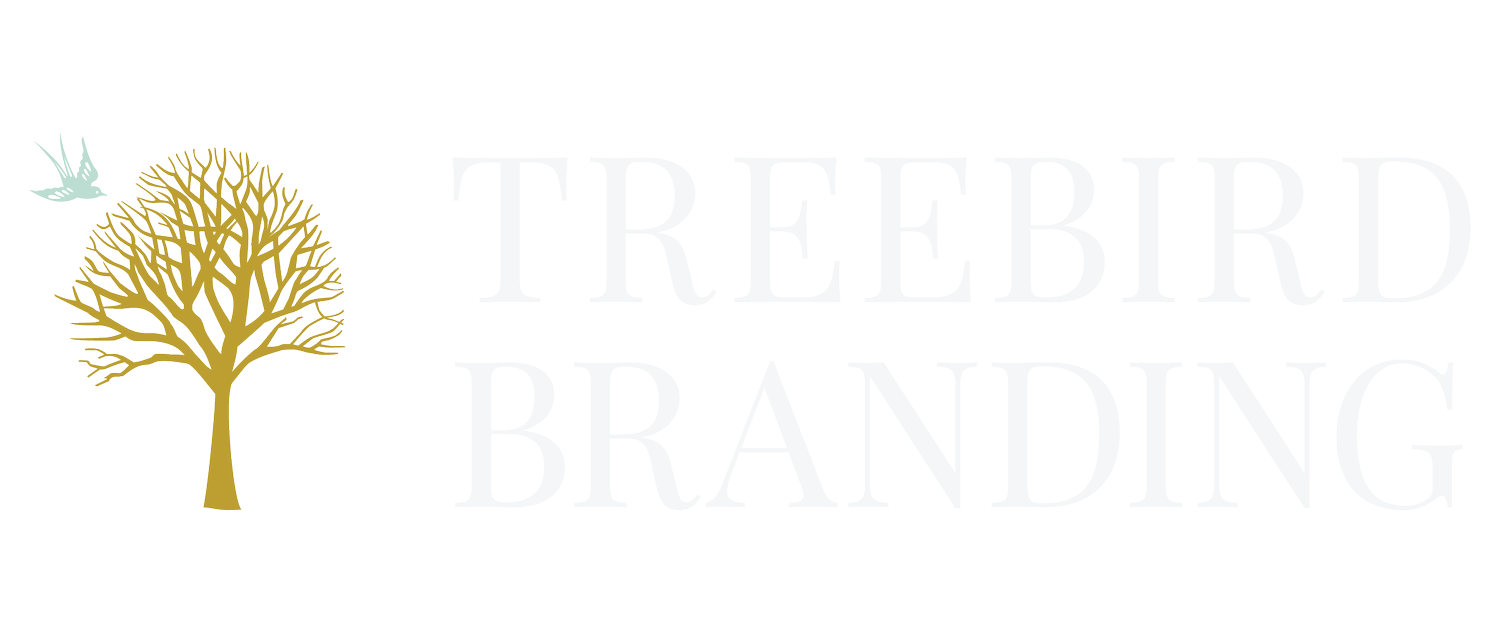Why Is Product Positioning Important For Your Business?
Your brand and product positioning will depend on your company's vision, mission, and customer pain points. Your product positioning statement should communicate who you are as a brand, what your business is all about, what problem you're solving for customers, where you fit into the competitive landscape, and how your offering is positioned compared to other products in the market — and why customers should care. TreeBirdBranding specializes in branding your business and product positioning.
What Is Product Positioning
Product positioning is a marketing strategy that identifies a target market for your product or service and differentiates it from other products in the marketplace. It's an important part of any company's marketing plan, especially for small businesses with limited resources and time.
Product positioning helps you create a competitive advantage by defining who your business is and what it offers to customers. It also helps you decide how to position your product or service in the marketplace — i.e., whether to position it as high quality, low cost, or something else entirely that sets you apart from competitors.
Product positioning is based on the idea that consumers buy based on perception rather than reality. This means that if you can get consumers to believe that your brand offers something unique, they will be more likely to choose it over similar offerings from other brands.
Why Is Product Positioning Important
Product positioning can help you strengthen customer relationships by increasing customer loyalty and driving repeat purchases. Your ability to stand out from the crowd will increase if you have strong brand awareness and recognition among customers who use similar products or services as yours. Product positioning also lets customers know what benefits they'll receive from you rather than from a competitor — or not buying at all!
Product Position Considerations
Your product position should be based on four key factors: mission, market category, customer pain points, and company and product differentiators. These are all important considerations when deciding how to position your products to align with your target audience's wants and needs.
Mission
The mission of your business is an important factor in determining the target market for your product. The mission statement describes what you do, who you serve, and how you do it. It will help you determine where to focus your efforts in terms of marketing strategies and tactics.
Market Category
Market categories are broad categories that help people understand what a product is or does without having to explain it in detail every time they use it or talk about it. For example, if you're selling beer, "alcoholic beverages" would be a good category because it tells people exactly what they're getting into without using anything other than the beer itself. Categories allow consumers to make decisions quickly without having to research everything about a product before making the purchase decision.
Customer Pain Points
A good product positioning statement identifies customer pain points and offers solutions that help customers overcome their challenges and achieve their goals. This will put your brand ahead of competitors who fail to address these concerns or offer solutions that solve them well enough for customers to buy from them instead of from you.
Company and Product Differentiators
What makes your company different from others in the industry? Does your brand resonate with certain values or lifestyles? Understanding how your brand stacks up against other brands in the market is important to develop a clear message that resonates with your target audience.
Product positioning allows you to identify strengths and weaknesses within your business so that they can be improved over time. For example, if a particular feature of your product isn't resonating with customers, it may be removed or modified to meet their needs better.
Brand Identity
Product positioning helps create an image in people's minds about who you are and what you offer. This can build trust among customers who know what they're getting when they buy from you. It can also differentiate itself from competitors by highlighting unique aspects of your business that set it apart from others in the industry.
Vision
How do you plan on positioning your business? Do you have any goals? What do you want people to think about when they see or hear about your products or services? What do you want them to feel? These questions will help guide your decision-making as you develop your product positioning statement.
Product Positioning Statement
By creating a positioning statement, teams can clarify and refine their goals, the foundation they need to build upon to achieve them, and the problems they want to solve. Additionally, product positioning should align with the brand identity of your company. This approach for building new products or features will work for many companies in many industries seeking to gain traction among competitors with similar offerings. Tree Bird Branding can help you get started.


